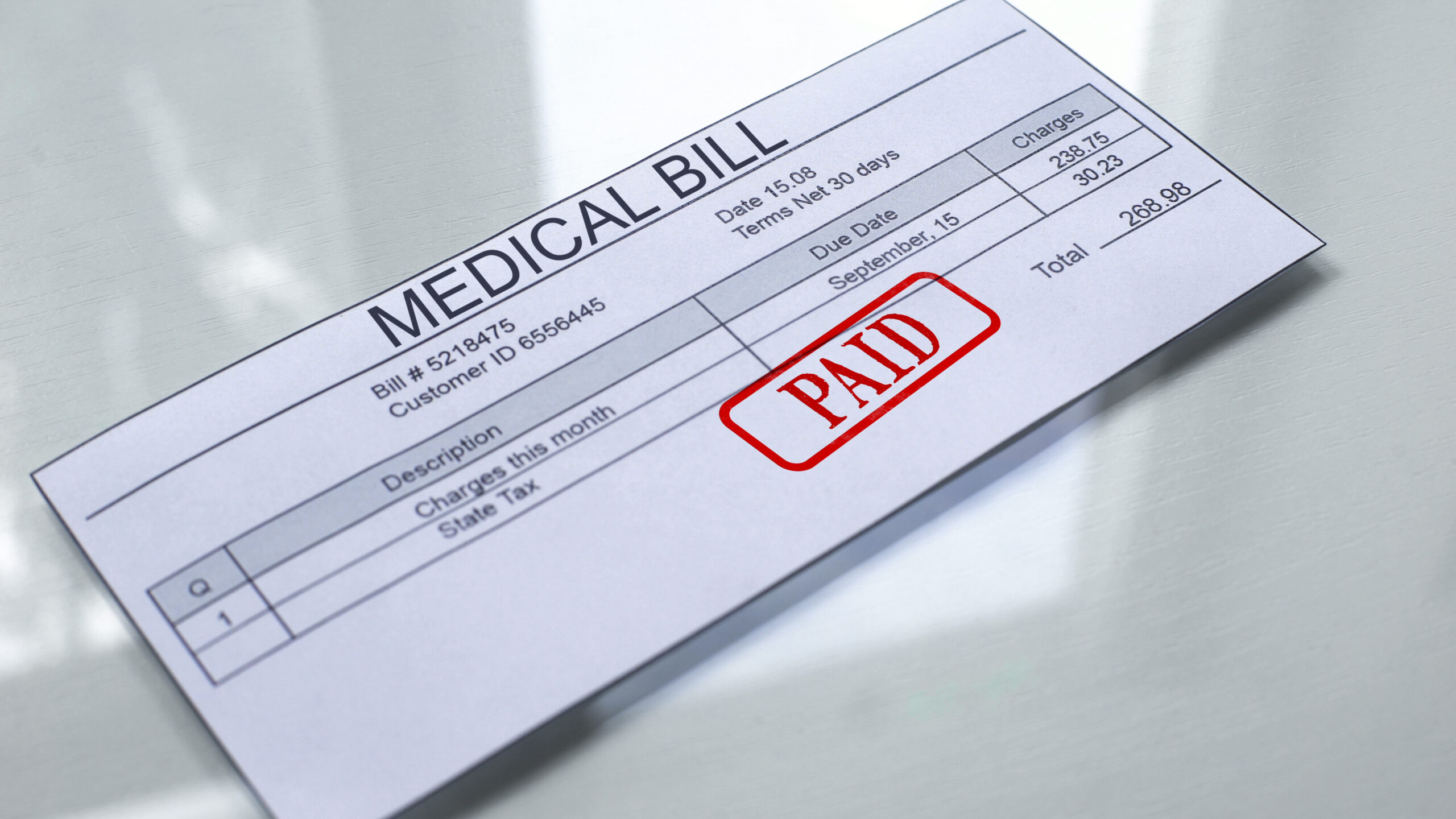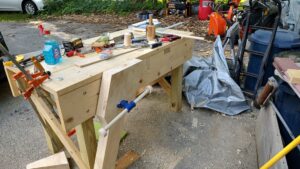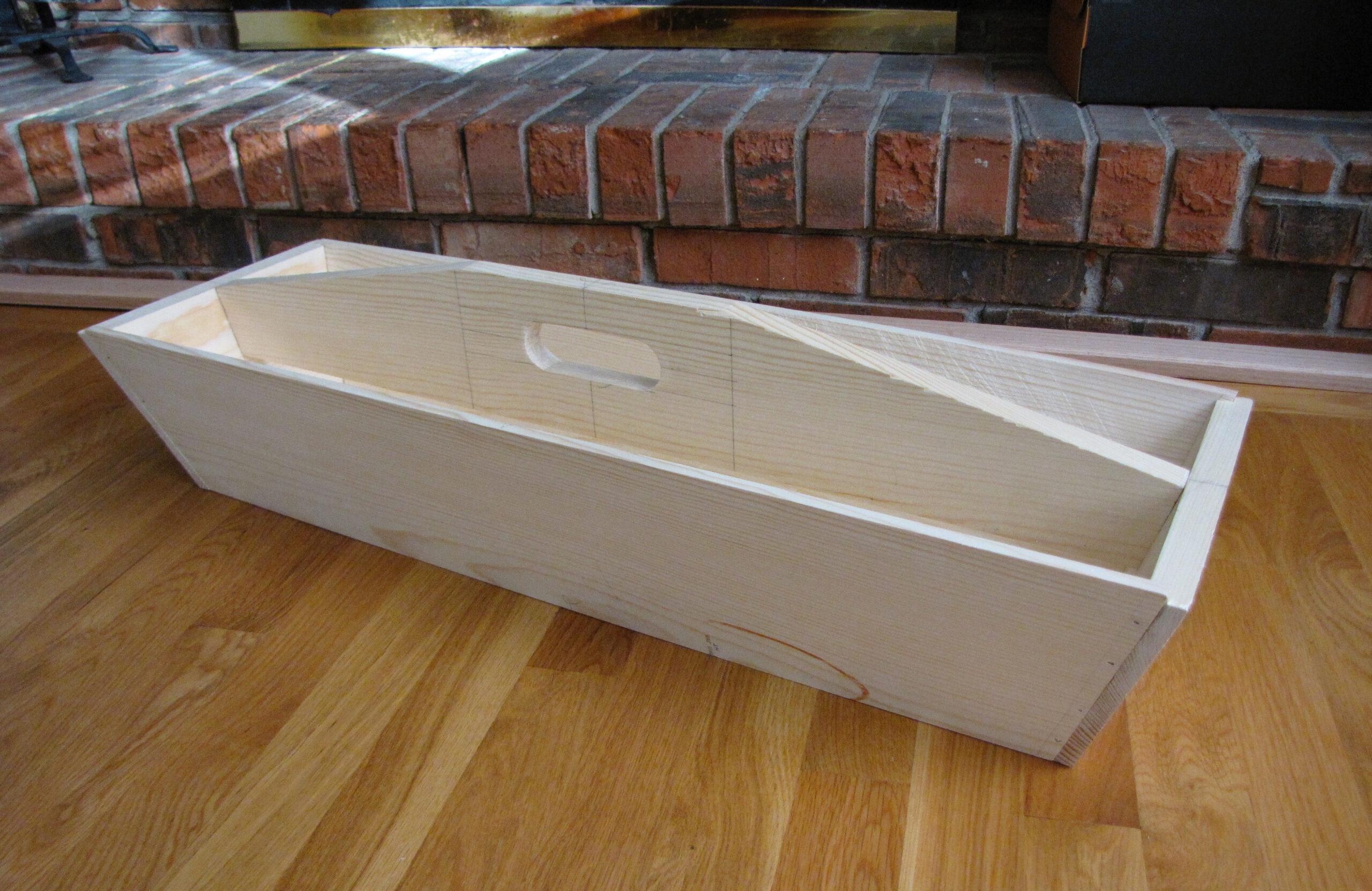Friday Feedback
DoJ is Pro 2A?
In a strange twist of events, the federal DoJ has filed multiple briefs with the Supreme Court supporting the Second Amendment-protected rights of The People. Amazing!
They have also done things at the circuit court level to close out future attacks on the Second Amendment.
It is a great time to be alive.
Sharp Yesterday Means Dull Today
My progress as a woodworker has been frustrated many times. The most common frustration? The tool is no longer sharp.
Yesterday, I was fitting the bottom to my tool tote. I’m sweating like a pig. It is dripping onto my glasses, making me even more misirable.
When I came in for a break, I told Ally that this is the first time I wished I was using my power tools. With very little effort, I could have set up the table saw and fitted the bottom in just a few minutes. Planing the ends flat and with the correct angle was painful.
Then, for grins, I pulled the blade out of the plane, did a hand touch-up, and then put the iron back in the plane. What had been a fine sawdust became end-grain shavings. Not more than 10 minutes later I had a great fit.
What Do You Mean Rip Cut Saws Rip Boards Better?
There is a scary moment when you first modify a tool to “fix” it or make it work for you. I think my first time was when I cut the shank of 3/4″ to JT-3 from 3″ to 1.5″. It worked perfectly, but cutting a piece off my new adapter? That was scary.
Modern handsaws are basically shit. Most people don’t know how to use them. Most people won’t even bother to learn how to use them. Most people would consider it too much work.
Older saws can be had for a reasonable price, but they are not ready to use.
The reason that new saws are so bad is that they are designed to do everything and to leave the best edge possible.
You can find old saws with 4 Teeth Per Inch (TPI). It was seldom that you found an old saw with more than 10 TPI, with a few being 15 TPI.
There is a good reason for that: the coarser the pitch, the faster the saw cuts.
Saw teeth have several parameters to them. The TPI, the angle of the tooth, the set, and the shape of the tooth.
When you crosscut , you want to sever the fibers. This requires a knife-like action. This is accomplished by putting a cutting edge on the saw tooth, alternating teeth. This cuts the wood fiber before removing the waste.
When you are rip cutting, you do not need that knife-like action. What you want is a chisel-like action. This is accomplished by having a 90° angle of attack that shears the fibers under the blade.
Modern saws are marketed to do both. They have a crosscut grind to the teeth, and they have a high TPI count. They do not do either type of cutting “well.” They do both adequately.
Thursday I took a new saw blade and “sharpened” it. That is to say I reshaped the shape of the each tooth to be that chisel profile. Then I tested it.
In soft pine, a full stroke was cutting somewhere between an inch and a half and two inches. Three or four times as well as it was cutting before the reshaping.
Obama Fights Back
The Obama sycophants, on command from the holy one, have stood up and screamed that the referral that Tulsi Gabbard made to the DoJ is just a distraction.
The argument is something like Trump is in the Epstein files. He doesn’t want you to know what we all know, that he is a kiddy diddler and a rapist. This referral is just to distract the MAGAots.
How do we know? Because Trump said he wasn’t in the files. He is lying.
How do we know he is lying? Because he was lying in his first term.
How do we know he was lying in his first term? The media told us so.
How did the media know he was lying? Because Trump always lies.
You can’t make this shit up.
Epstein
The world turns; now the Democrats are demanding the files be released.
There is a huge issue with the files, and every Democrat who is listed in the files will scream it to the skies.
The chain of custody has been broken because untrusted agents could have modified the content.
The files have been in the Biden DoJ for 3 or 4 years. Who had access, who could have modified the content, and who could have added or removed content? None of that can be trusted today.
For the Democrat caught with his pants down the same will be said. They will claim that the Trump Administration modified the content.
Obama Has Immunity!
Did he order these things done as part of his duties as the President of the United States?
No? Then he doesn’t have immunity.
Question of the week
Are you going to keep your Sig P320? Sell it? Buy them as they flood the market?











